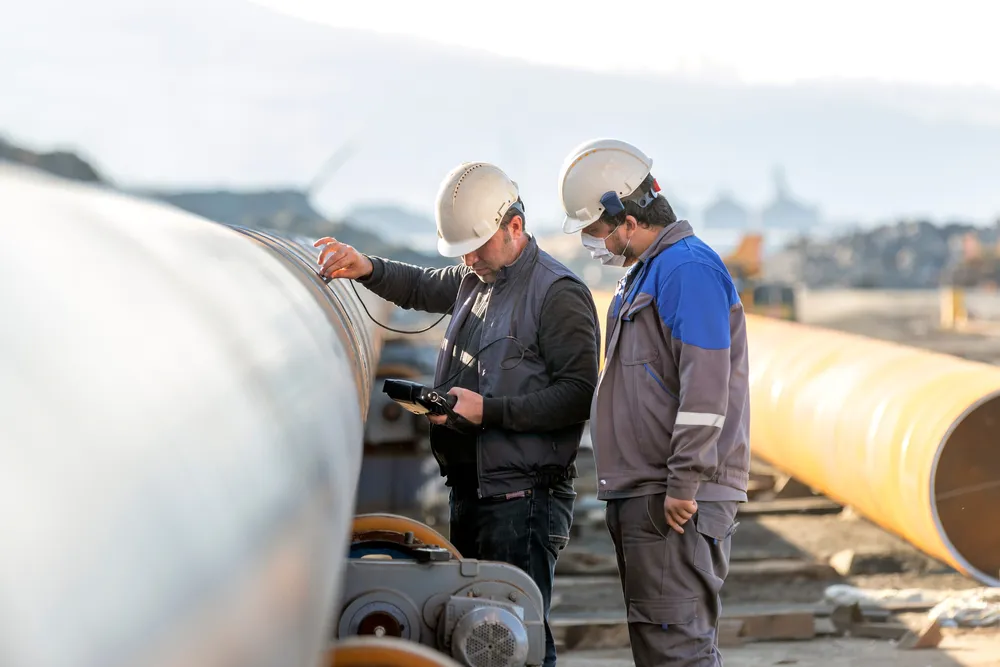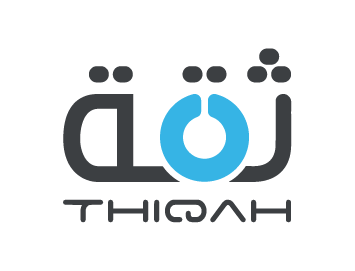

This course includes workover and completion operations in oil and gas, detailing activities carried out to sustain, fix and increase the existing production in a well. Participants will get acquainted with well completion techniques, workover plans, relevant equipment, and other methods of well enhancement and protection in the field.
After the initial completion of commercial production or injection of the wellbore, oil well workover operations are conducted when production or injection needs to be halted. These activities typically commence when there is a significant decline in production rates. Unwanted fluid production may arise from inadequate primary cementing or water/gas coning, necessitating restorative workovers that often involve remedial cementing to control unwanted production.
Post-drilling standstill operations, including workover and completion operations, are essential for initiating production or injection into a well. The approach to workover systems varies based on the type and location of well completion. For instance, a flowing well may require perforation to commence production, while low reservoir pressure areas might necessitate artificial lift systems, such as rod pumps or gas lift valves, to maintain economical production rates.
Through extensive training on oil and gas workover, participants gain practical insights into the essential processes and techniques involved in workover operations. The course addresses the fundamental question, "What is workover in oil and gas?" ensuring participants understand the critical concepts required for effective operation.
By the end of this training, participants will be equipped to organize and control workover operations efficiently and safely, emphasizing the significance of completion and workover activities in maintaining and enhancing oil well productivity.
At the conclusion of this course, participants will be able to:
Unit 1: Types of Completions
Unit 2: Reasons for Workovers and Well Preparation
Unit 3: Basic Information about Surface and Subsurface Components and Procedures of the Well-Bore
Unit 4: Barriers, Completion, and Workover Fluids
Unit 5: Kick Causes, Warning Signs, Kill Methods, Risk Awareness, and Organizing Well Control Operations
By the end of this oil and gas workover and completion operations training, participants will have gained a comprehensive understanding of the workover process in oil and gas. They will be well-equipped with strategic intervention approaches suitable for the field, enhancing their confidence and competence in addressing practical challenges within the industry.
Invalid mobile number. Please enter a valid number.
















